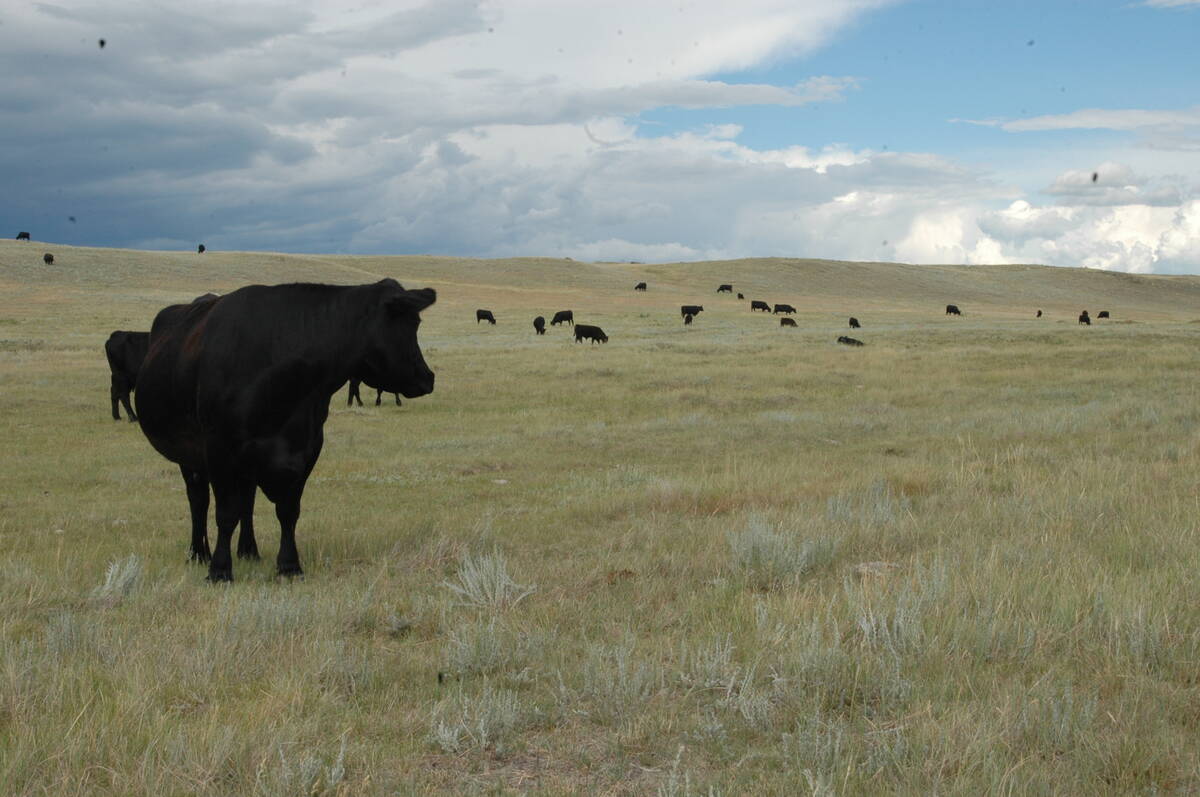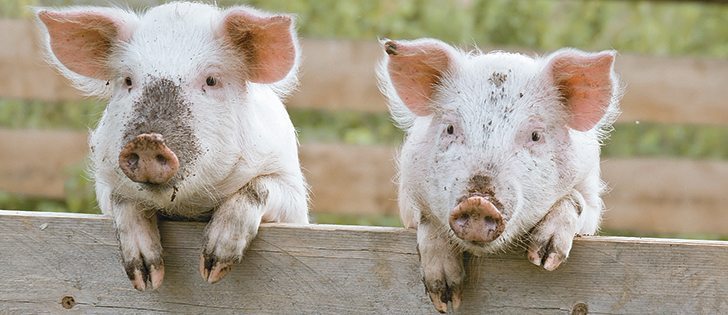Alberta farmers pasture pigs year round and operate their own butcher shop
ROSEMARY, Alta. — Greg and Bonnie Spragg were pioneers in an unknown territory when they got into pastured pig production in 2002.
Raise pigs outside, year round, on the Canadian Prairies? Who does that?
The Spraggs credit Bert Denning, then the swine specialist with Alberta Agriculture, for pointing them in the right direction.
They wanted to raise hogs and they were well positioned in some ways. Greg was working in a hog barn and Bonnie had grown up on a pig farm.
They had a lot of pig know-how between the two of them, but they didn’t have the money to build a barn.
Read Also

Canadian Food Inspection Agency slammed for handling of bovine tuberculosis case
The federal government leans heavily on producers to “take one for the team” and risk their livelihoods without any reassurance of support.
Denning was talking about pastured pigs, low cost start-ups and direct marketing.
The Spraggs didn’t immediately act on the direct marketing suggestions, but they did buy some pigs and put them out to pasture.
Free range was a bit of a learning curve for the pigs, which were accustomed to nipple waterers and unaccustomed to sunshine and mud wallows.
However, it wasn’t a steep curve and before long the hogs were drinking from a trough, finding shelter from the sun when necessary and enjoying the mud. In short, they were doing great.
“And they were certainly happier,” said Bonnie. “All of a sudden they all had unique personalities.”
When the Spraggs decided to direct market their pigs, they looked at other selling points to make their product stand out, such as certified organic. They eventually settled on raising their animals antibiotic free and not feeding them animal byproducts.
Bonnie said conventionally raised pigs are generally fed antibiotics for the first six weeks of their lives until they are weaned, and sometimes longer.
As well, all animals are usually medicated if one pig in the barn gets sick because otherwise disease will spread from pig to pig.
“We’ve had some pigs die, but never had (disease) spread to a second pig,” she said.
The Spraggs feed their pigs a mixture of locally grown barley and fababeans run through a mix mill instead of commercial pig feed, which may contain animal byproducts. The pasture is a mix of alfalfa and native grasses.
“We know they’re eating it because of how much feed we have to grind,” Bonnie said.
“During the summer, our feed consumption is almost halved.”
She said the pigs thrive outdoors.
“Even at – 25 or -30 C, they’ll get out for a couple of hours,” she said.
“They’ll eat and go back in the straw and do just fine.
The Spraggs farrowed their own pigs when they first started, but now they buy weaners from another farmer who follows their protocols.
They originally had a no tail docking policy but they’ve had to go back on that. Their supplier is trying to figure out a way he can keep the tails intact, but the close proximity of indoor barns makes that a challenge.
Setting up their own butcher shop in nearby Rosemary was a turning point.
“We opened it in 2005. It was right in the middle of the BSE crisis and we couldn’t get enough capacity to get our pigs processed. Everybody was doing so much beef.”
Farmers couldn’t sell their cattle, and many were scrambling to slaughter one or two cows so they could sell the meat on their own. This was clogging the smaller provincial plant, which the Spraggs were trying to sell to.
“We were driving around to three different butcher shops,” she said.
“Every shop would cut the pork chops differently and make different sausage and we couldn’t promise our customers when we would have product because they would bump us at the last minute. We thought, ‘if we’re going to do this, we have to have our own processor.’ ”
Getting into the year-round Calgary Farmers Market was another turning point because having that market available 12 months of the year gave them a stable cash flow. They now have six employees at the Calgary market.
Twenty-three people work for the Spraggs, selling and processing their pork, but the couple still manages the farm on their own.
“We hired people in the meat shop side, and we do less and less of the cutting and processing all the time,” she said.
“That was where it was easy to add people.”
The business now processes 2,500 pigs a year, and the pork is sold from the main retail store and another retail outlet in Calgary as well as farmers markets in Calgary, Brooks and Millarville. The pork is also available in some restaurants, and they recently launched a product line of sandwich meat.
It’s a different business from what they envisioned just a few years ago.
“We never thought it would grow to this point,” Bonnie said.
“We dreamed of it but we didn’t really believe it. But every year it seems the next step seems attainable, so we’re like, ‘let’s keep going.’ We’re having fun and it seems doable.”
Farmers have asked the Spraggs over the years if they could raise pigs and sell them to the Spraggs.
“We always said no,” Bonnie said.
“We were building our brand. We figured we had to make our mark before bringing in others.”
Now, she thinks it might be time to say yes, looking at it as the logical next step.















